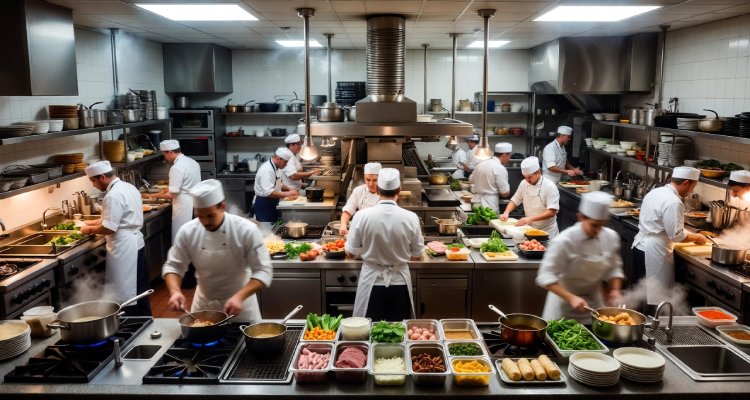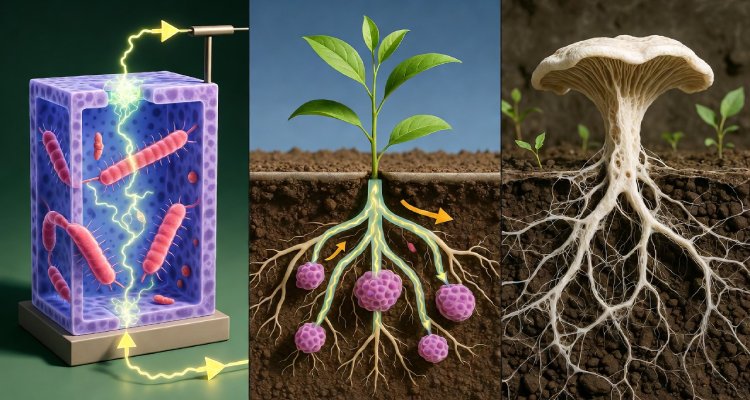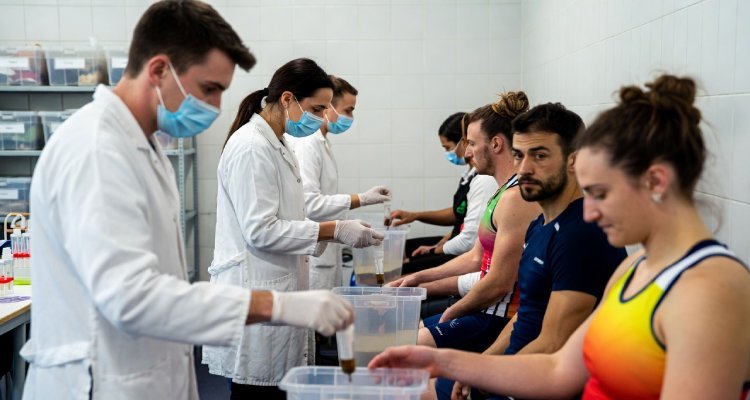Edible Extinction: What We’re Eating That May Soon Disappear
A growing number of everyday foods are at risk of disappearing due to climate change, habitat loss, and unsustainable farming. Here’s what’s on the brink—and why it matters.
Introduction: The Vanishing Feast
That chocolate bar in your hand, the coffee steaming in your cup, or the avocado on your toast—what if these everyday indulgences became rarities, or worse, disappeared altogether? Around the world, beloved staples of our diet are facing a quiet crisis: edible extinction. Driven by climate shifts, disease, overfarming, and monoculture agriculture, a surprising list of foods is teetering on the edge.
What we eat tomorrow could look very different from what we take for granted today.
Context: A Global Food Wake-Up Call
In the last century, humanity has lost 75% of its crop diversity, according to the UN’s Food and Agriculture Organization (FAO). As agriculture industrialized, farmers began planting high-yield, commercially viable crops—often at the expense of traditional, climate-resilient varieties. This shift, combined with global warming, pests, pollution, and deforestation, is making certain foods increasingly difficult to grow.
The term “edible extinction” isn’t just poetic—it’s a practical alarm bell. Unlike the extinction of wild species, which often fades from public consciousness, the disappearance of staple foods directly impacts economies, cultures, and dinner plates.
Main Developments: What’s Disappearing—and Why
1. Bananas
Bananas, particularly the Cavendish variety (which makes up 99% of global exports), are under siege by a fungal disease known as Panama Disease Tropical Race 4 (TR4). Because most commercial bananas are clones, they lack the genetic diversity needed to resist the spread. Countries from Latin America to Southeast Asia are already grappling with crop devastation.
2. Coffee
Arabica coffee, which accounts for 60% of the world’s coffee, is highly sensitive to temperature and rainfall fluctuations. Rising global temperatures and erratic weather patterns have led to declining yields, especially in Ethiopia, the bean’s ancestral home. Experts warn that by 2050, nearly half of the land suitable for coffee growing could become unviable.
3. Chocolate (Cocoa)
Cocoa plants thrive in narrow equatorial zones. As these regions grow hotter and drier, yields are falling. Compounding the issue is West Africa’s widespread deforestation, where over 60% of global cocoa is produced. Without intervention, global cocoa production could decline significantly within decades.
4. Avocados
California’s droughts, water-intensive farming practices, and increased global demand are pushing avocado cultivation to unsustainable levels. In Mexico, the world’s top producer, deforestation driven by illegal avocado farms has earned the fruit a dark nickname: “green gold.” Water scarcity may make large-scale avocado farming impossible in some regions in the near future.
5. Maple Syrup
Maple trees rely on a precise freeze-thaw cycle to produce sap. Warmer winters and shorter sugaring seasons in North America are threatening syrup yields. Vermont and Quebec producers are already reporting inconsistent harvests, and some experts believe the industry may need to move northward or adapt significantly.
6. Rice
As sea levels rise, saltwater intrusion threatens rice paddies, especially in low-lying countries like Bangladesh and Vietnam. Additionally, extreme heat can disrupt flowering and reduce yields. With half the world relying on rice as a staple, this is more than a culinary concern—it’s a food security crisis.
Expert Insights & Public Reaction
“Edible extinction isn’t just about flavors we’ll miss—it’s about livelihoods, cultural identity, and global nutrition,” says Dr. Jessica Fanzo, a professor of global food policy at Johns Hopkins University. “When we lose food diversity, we lose resilience.”
Consumers are beginning to notice. Movements toward heirloom seeds, regenerative agriculture, and crop diversification are gaining traction. At the same time, many are shocked to learn that the foods they love are on borrowed time.
Social media campaigns like #SaveOurFood are raising awareness, while chefs and food historians are archiving recipes tied to endangered ingredients to preserve culinary heritage.
Impact: Who’s Affected and What Lies Ahead
Farmers, especially smallholders in the Global South, are on the frontlines. They’re facing increasing costs, crop losses, and uncertainty. The domino effect reaches far beyond farms: supply chains strain, prices surge, and consumers face reduced access to favorite foods.
For example:
- Chocolate shortages could hike prices and reduce availability in major markets like the U.S. and Europe.
- Coffee quality may decline, with specialty varieties disappearing.
- Banana supply chains may shift, introducing more expensive, less familiar varieties.
Children growing up in the 2030s may not remember the same food landscape we know today.
Conclusion: The Future of Flavor Is in Our Hands
The extinction of edible species is not a foregone conclusion. Scientists are developing drought-resistant coffee, disease-proof bananas, and salt-tolerant rice. Yet these efforts need global cooperation, sustainable farming incentives, and informed consumer choices.
Saving our food starts with knowing what’s at risk—and acting while we still can.
Disclaimer: This article is for informational purposes only and is not a substitute for professional agricultural, environmental, or nutritional advice.











